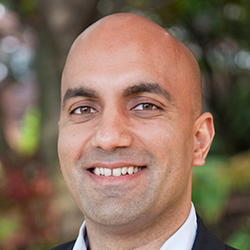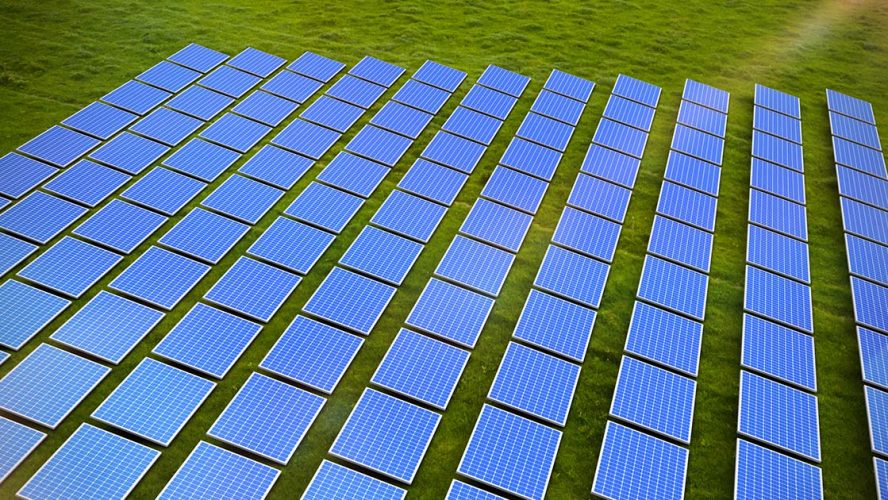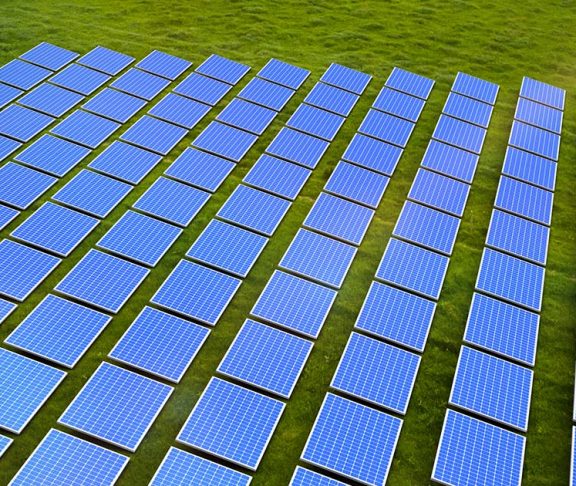
Amit Bouri
CEO & Co-Founder, Global Impacting Investing Network
As COP26 delegates begin to return home to make good on their promises, it is important to take a moment and reflect on the commitments made during those two weeks in Glasgow.
One commitment made is to reach “net zero” by 2050—the point where the amount of greenhouse gases produced is balanced out by the amount removed from the atmosphere.
Although essential, “net zero” is still focused on limiting damage and on doing “less harm.” But to “heal the future” we need to proactively prioritise doing “more good.” We need to be focused on regeneration.
Understanding the impact on our climate
Thanks to decades of work by climate scientists and activists, we have a better understanding now than ever before of the damage caused by our system of extracting natural resources and degrading our natural ecosystems. But the ideas of extraction and degradation stretch far beyond the realm of our natural world.
As we begin to see glimmers of a new future, we must do more than just overcome the climate crises that we have created.
Across the globe, we see how narrow, short-term thinking is harming people and eroding public trust in government and institutions, too. It is systemic. You need not look any further than the climate emergency to witness the harm this thinking has caused.
The bottom line is that our economic status quo is set up to take more than what it returns. It is set up to emphasise short-term profits over long-term value creation and sustainability.
Adopting a regeneration mindset
However, a regenerative mindset pushes us an important step further—to pursue a holistic relationship between humans and our natural ecosystems.
Regeneration prompts investors to ask new questions about how to define “value.” It forces investors to answer how their investments generate a positive impact for people, for society and for the planet. Ultimately, it demands investors take a broader, longer-term view.
In practice, regeneration incorporates the concepts of renewal and restoration to overcome the extractive, degrading and inequitable elements of the status quo. It provides a solution to help us leverage the power of investment to “right wrongs.” An economic system rooted in regeneration prioritises replenishing and restoring ecosystems, communities and natural stocks. Now, as we begin to see glimmers of a new future, we must do more than just overcome the climate crises that we have created. That is why so many people describe regeneration as a pathway to “heal the future,” both for our planet andhumanity. In our next normal, regeneration must be at the centre of everything we do.

